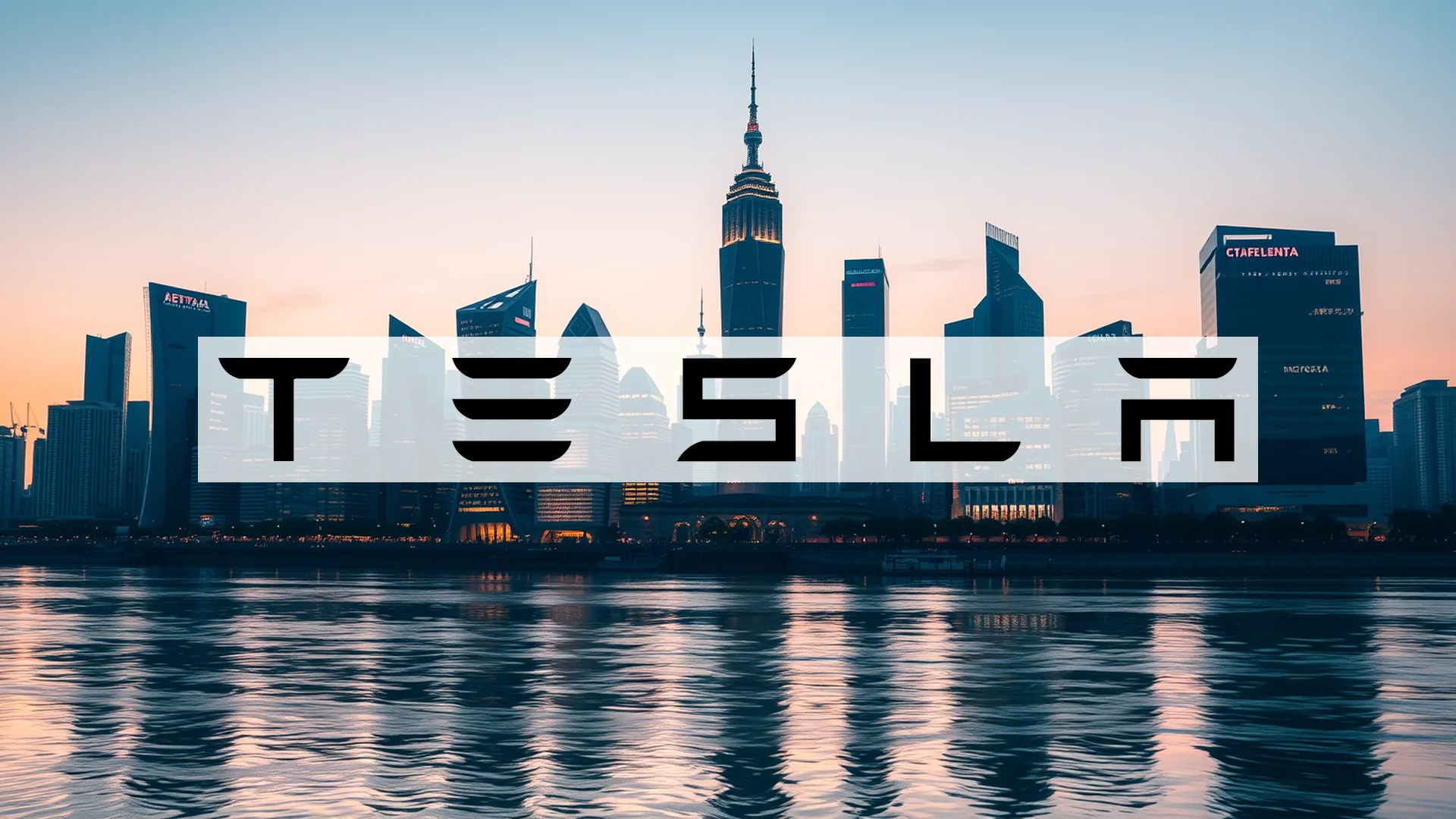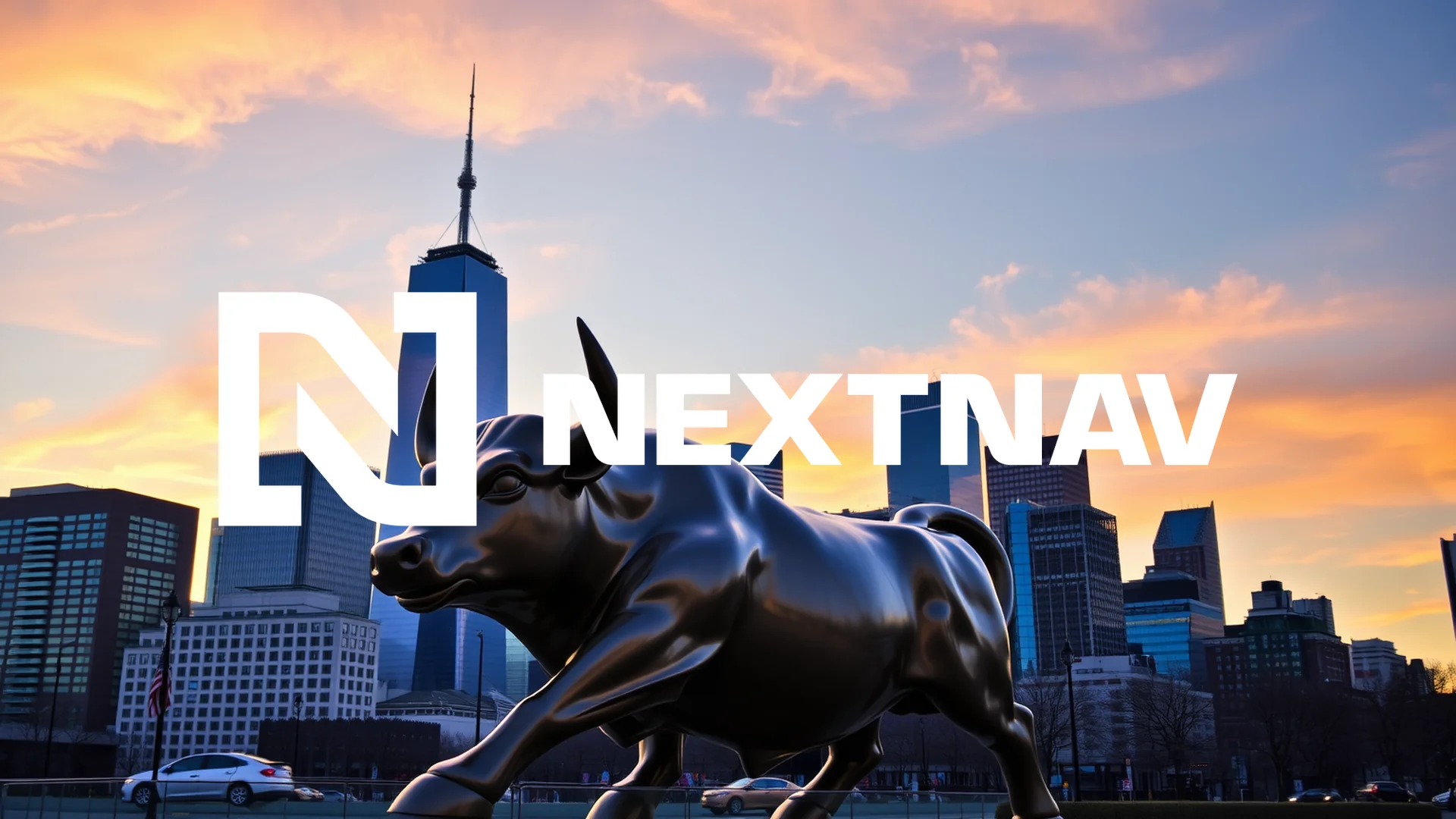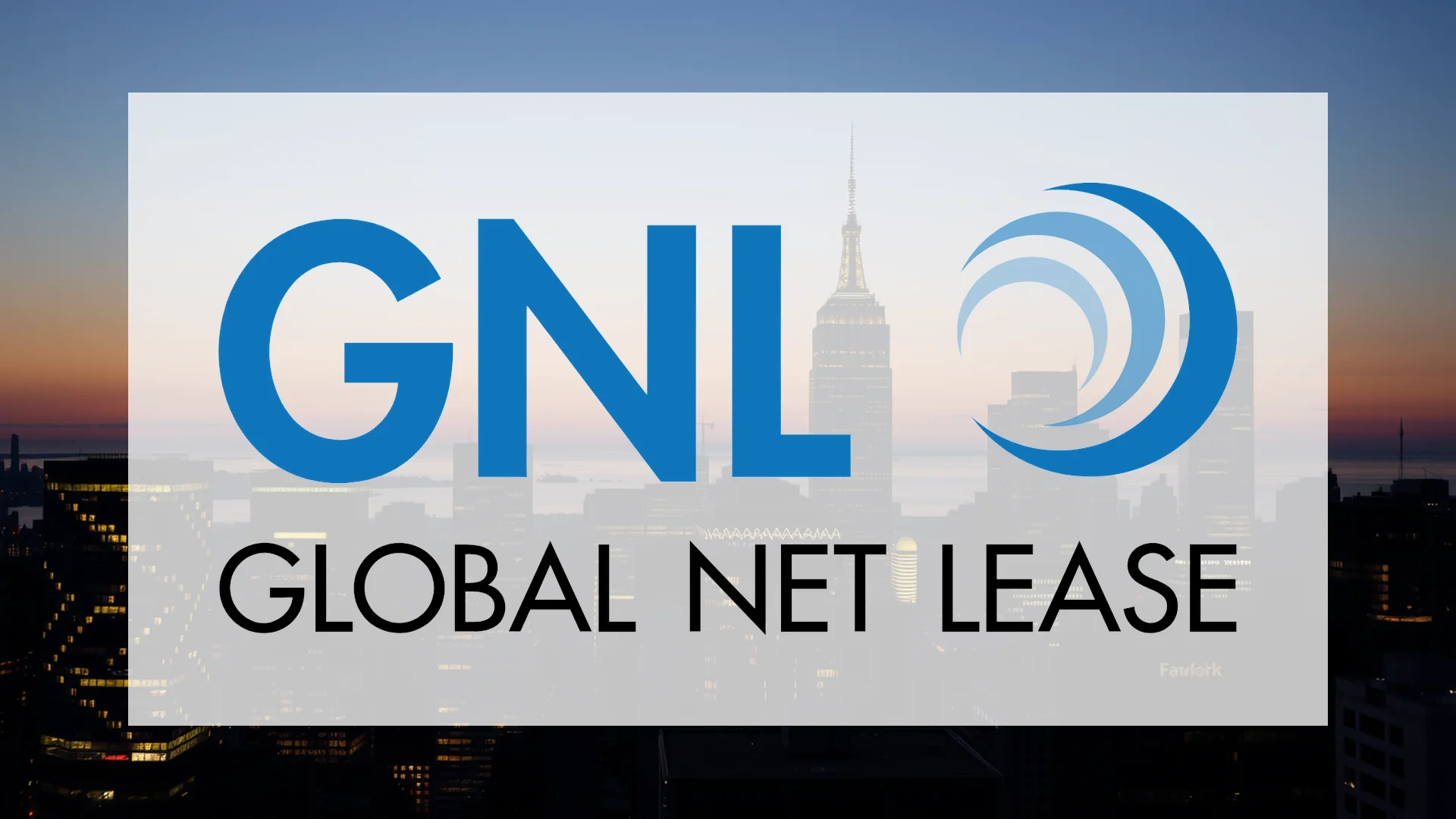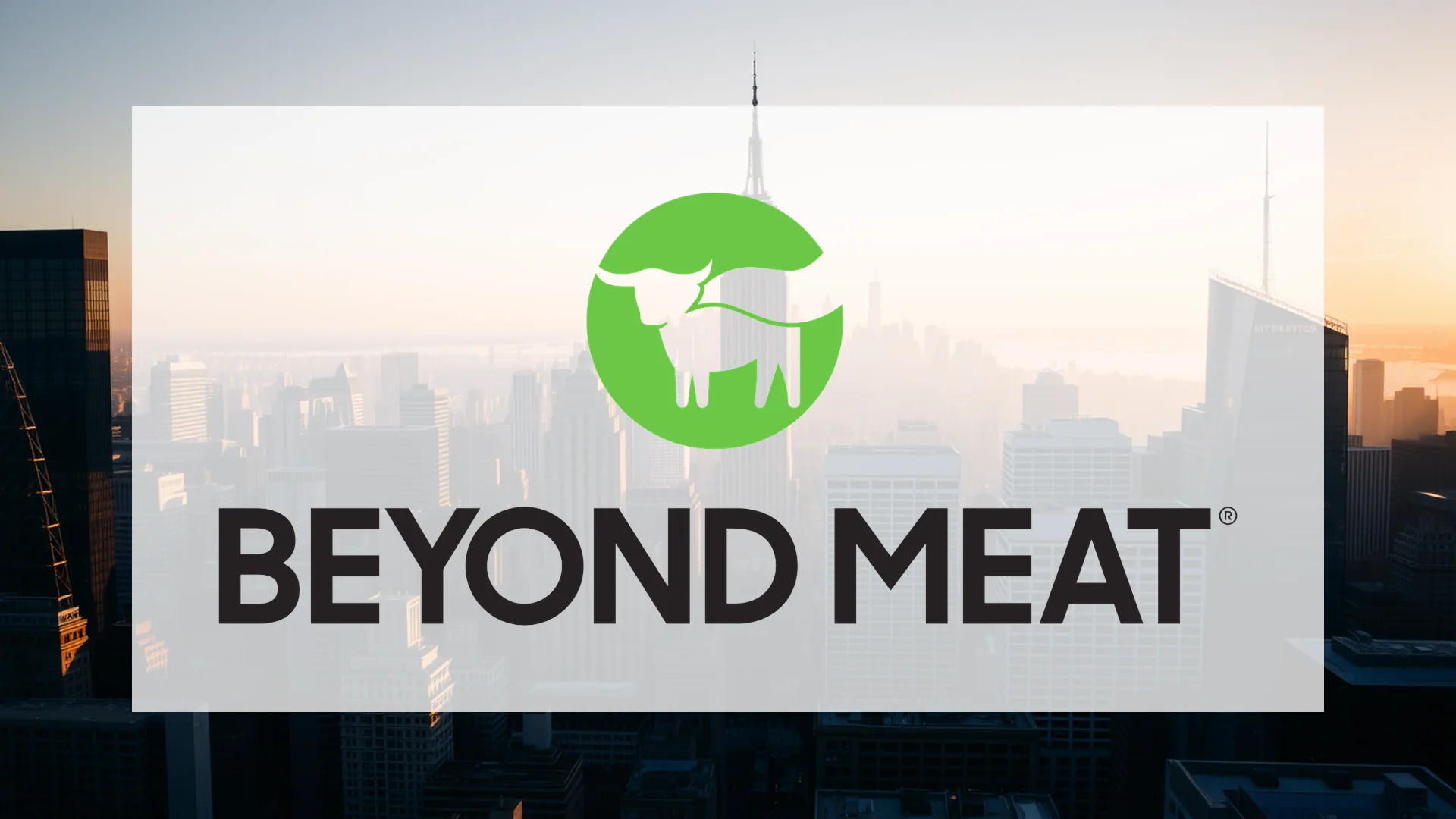Tesla’s stock climbed more than 5% during Monday’s trading session following a Bloomberg report indicating potential regulatory changes that could significantly advance Elon Musk’s autonomous vehicle ambitions. According to the report, transition advisors for President-elect Donald Trump are preparing to prioritize self-driving car development through federal transportation agencies.
This represents a notable policy reversal from Trump’s October statements, when he characterized autonomous vehicles as “concerning” and suggested restricting their access to American roadways. The dramatic shift in position raises questions about both its underlying motivations and practical implications for Tesla’s business trajectory.
Strategic Alignment Yields Regulatory Advantages
The timing of this political development appears strategically advantageous for Tesla. The company has faced what Musk describes as an “incredibly painful” regulatory landscape where autonomous vehicle standards vary significantly across state jurisdictions. A unified federal framework would eliminate this patchwork approach, potentially giving Tesla a substantial competitive edge.
Musk’s substantial financial backing of Trump’s campaign—reportedly hundreds of millions of dollars—and his prominent visibility throughout the election cycle now appears to be yielding tangible returns. Just days before the Bloomberg report emerged, Trump named the tech billionaire to lead a newly established Department of Government Efficiency (DOGE), tasked specifically with reducing bureaucratic obstacles and regulatory burdens.
Technological Challenges Persist Despite Political Momentum
While regulatory headwinds may be diminishing, Tesla continues to face significant technological hurdles. The company’s Full Self-Driving (FSD) system currently operates in what the company terms “supervised mode,” requiring constant human readiness to intervene.
“Regulatory obstacles aren’t Tesla’s primary challenge,” emphasizes Quilter Cheviot analyst Mamta Valechha. “The FSD software still requires considerable technological advancement to achieve genuine autonomy.”
Should investors sell immediately? Or is it worth buying Tesla?
The competitive landscape highlights this technological gap. Waymo, Alphabet’s autonomous vehicle subsidiary, already operates driverless taxis on public roads in select markets without human supervision. Tesla must still demonstrate its system’s reliability and safety without requiring human intervention.
Corporate Pressures May Ease Under New Administration
Tesla currently faces scrutiny from six separate federal agencies, including the National Highway Traffic Safety Administration (NHTSA), which is investigating several incidents involving FSD software—one of which proved fatal in 2023. A Trump administration could substantially reduce this regulatory pressure on the automaker.
Meanwhile, Tesla’s market performance continues to impress investors. Since the November 5th election, Tesla shares have advanced nearly 28%, pushing the company’s market capitalization above the trillion-dollar threshold. The stock’s price-to-earnings ratio now exceeds not only traditional automakers like Ford and General Motors but also technology giants including Apple and Nvidia.
Autonomous Future Takes Shape
Last month, Musk unveiled the “Cybercab,” a futuristic robotaxi concept lacking traditional steering controls or pedals, with production targeted for 2026 at an anticipated $30,000 price point. The CEO also announced plans to begin unsupervised operations of Model 3 and Model Y vehicles in Texas and California as early as next year.
Market participants appear to be betting heavily on Musk’s ability to transform his autonomous driving vision into commercial reality, with political developments now providing additional tailwinds for Tesla’s ambitious timetable.
Ad
Tesla Stock: Buy or Sell?! New Tesla Analysis from November 19 delivers the answer:
The latest Tesla figures speak for themselves: Urgent action needed for Tesla investors. Is it worth buying or should you sell? Find out what to do now in the current free analysis from November 19.
Tesla: Buy or sell? Read more here...










